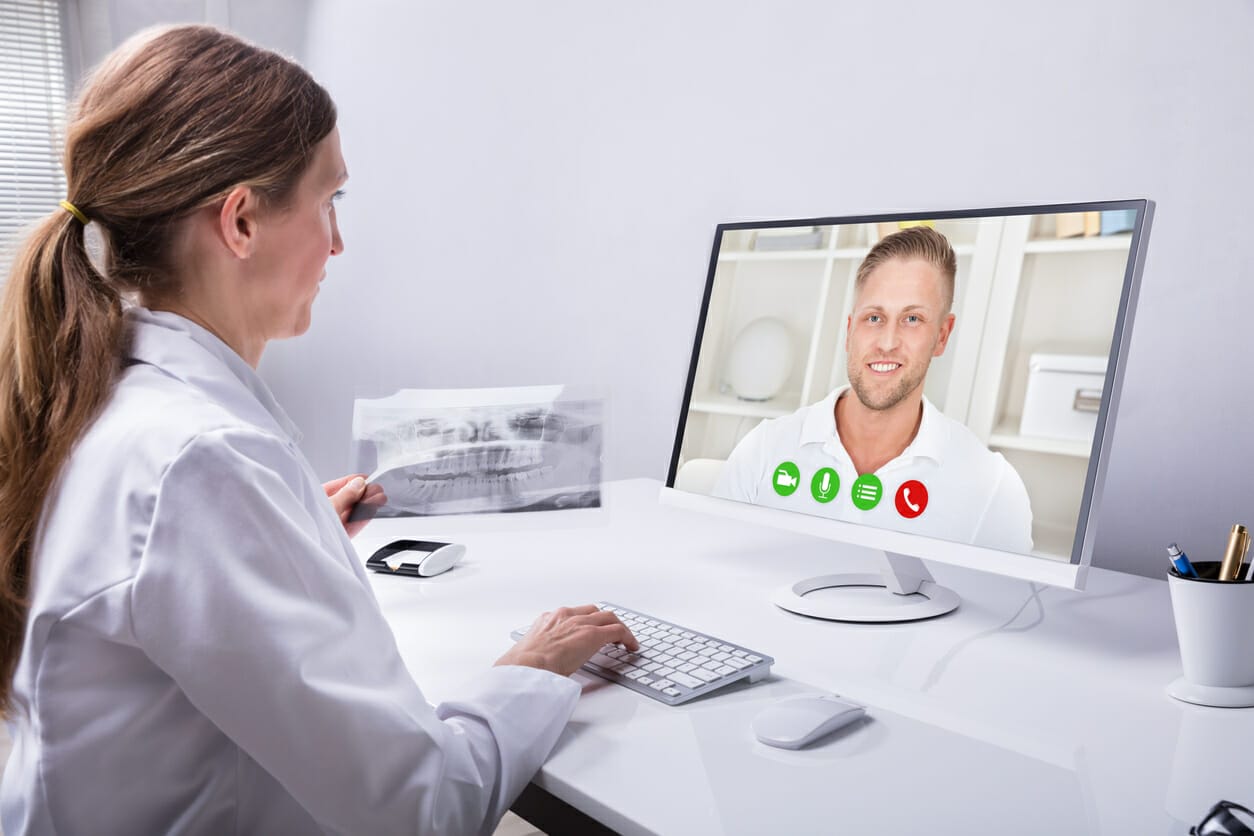Last updated on June 8th, 2022
Given their obvious advantages, it’s not surprising that DSOs make up a rapidly growing share of dental practices. But there’s another side of the trend that’s just as important: DSOs are leading the adoption of new processes and technologies that benefit patients and practices. With their economies of scale, DSOs are able to recover investments in tech quickly, and — for advancements that work — roll them out across multiple locations.
As a result, we’re seeing new tech, processes and procedures move from experimental to widespread adoption rapidly, encouraging innovators to find new ways to deliver quality dental care.
While some of these trends have been percolating below the surface for a while, others are in their infancy. The increasing number of multi-location practices promises a burgeoning market, spurring their vetting and adoption.
CONSOLIDATION
The absorption of smaller dental practices into large DSOs continues and shows no signs of slowing in the immediate future. Money from private equity is still flowing into dental, and there are still many private practices that are attractive targets for buy-outs.
Private equity has had another effect on dental as well. The expansion of private equity funds into healthcare practices has led to combining PE-owned healthcare with PE-owned dental, giving the opportunity for cross-referrals and cost-sharing.
DEMOGRAPHICS
The demographics of dentists and the patients they treat are both changing, and that has much to do with the baby boom generation, which is now well into geriatric territory. Older patients will require more treatment, but their numbers will begin dwindling rapidly over the next 15-20 years.
As well, as baby boomer dentists age out of practice, that opens more doors for private equity companies to enlarge their DSOs. Retiring dentists will want to sell their practices, but recent dental school graduates may not have the resources to buy, where private equity does.
Another downside for both DSOs and private practices is shortage of labor. The situation before Covid was already difficult, with two-thirds of practices reporting difficulty hiring hygienists. The pandemic made it worse: Surveyed by the ADA in April 2021, 3.8% of dental hygienists who were working as of March 2020 were no longer working — an unemployment rate that is lowest since surveys began. And two-thirds of those not working said they’d left their last job voluntarily. Full employment and non-returning experienced workers are crippling the ability to fully staff some practices.
Lower overhead, the opportunity to move to different practices within a network and stability of working for a large organization are all advantages that DSOs are using to recruit and retain, giving them another advantage over smaller private practices.
3D PRINTING
The 3D printing of dental appliances is skyrocketing. The dental 3D printing market is projected to grow from $1.8 billion in 2020 to $6.5 billion by 2025 — a compound annual growth rate of 28.8%. The uptake of these devices has been rapid, driven by the reduction in cost achieved by using them. In this case, the aging population is a boon to providers as older adults may have more dental issues, be more likely to buy cosmetic procedures and have better ability to pay for what they want.
VIRTUAL DENTISTRY
The Covid pandemic made teledentistry more acceptable by making it necessary. Teledentristy produced $667.13 million in revenues in 2019 and is projected to reach $2.61 billion by 2027, with a projected growth rate of 17% annually over that time.
BIG DATA
The larger the sample size, the more reliable the conclusions: That’s a foundational principle of research, not just medical research. Big data from super-sized samples now gives dental practitioners better insight into the problems their patients are and may face in the future, as well as shedding light on interventions and therapies that work best.
This has led to a rise in EBD (Evidence Based Dentistry), which seeks to use insights based on big data sets to improve outcomes for individual patients. Generalizing from the 12 people with a peculiar kind of malocclusion a particular practitioner may have seen over the course of their career might suggest a course of treatment, but analyzing that same condition and the outcomes for thousands of patients is more likely to yield repeatable results.
And that’s where AI (artificial intelligence) comes in. A practitioner who’s daily book is filled with appointments does not have the time to analyze thousands of records. The promise of AI is that it will lead to coordination among clinicians, researchers, and engineers connecting all fields that touch dentistry. This could lead to more precise treatment procedures and instant information exchange, enabling professionals to share health-related data and deliver insights that improve patient care.
EVIDENCE-BASED DENTISTRY
The explosion of papers, articles, tools and procedures practitioners are already exposed to will only be increased by the application of AI and the data-sharing that will feed it. But in the office, individual practitioners are sitting with a single patient in front of them, and their duty is to provide the best care possible for that one person and their individual cluster of issues — not just dental but medical as well. How will that practitioner sort the wheat from the chaff and decide which potential treatments are appropriate and which aren’t? The growing literature around EBD seeks to give the practitioner a critical framework to help make those decisions.
ROBOTS
Surgical robots — pioneered by the National Aeronautics and Space Administration (NASA) in the U.S. to operate on astronauts in space — have been used in medicine since the mid-1980s, and while it may seem logical that their first uses were for difficult, but pedestrian, procedures that’s not the case. The first robot used in surgery was a repurposed industrial robot which, guided by tomography, inserted a probe into a patient’s brain to retrieve a biopsy sample. Later, they found widespread use in gynecological surgeries and other specialized procedures that require precision. The Davinci system, approved by the FDA in 2000, is thought to have been used in more than 6 million procedures in the decades since.
There are some assistive machines that help with precision placement of implants and progress has been made on robots that can facilitate maxillofacial surgery, but autonomous dental robots are still in their infancy. Given the progress made with medical robots, it’s reasonable to think that they will eventually be perfected.
One proposed use that many practitioners would likely embraces is the use of robots to perform menial chores traditionally done by dental assistants such as record entry. This may be one part of the answer to workforce shortages.
The use of nanotechnology — including nanobots (microscopic bots that can be controlled externally) — in dentistry seems certain as well. Already used to anaesthetize patients by blocking pain-signaling nerve impulses, there seems to be a clear path to use nanobots for a variety of purposes such as detecting cancers and cleaning teeth.
THE ONLY CERTAINTY IS CHANGE
The days when dentistry was dominated by the single practitioner who employed a couple of hygienists are past. DSOs and group practices have advantages that are hard to ignore. The cost of an autonomous dental robot, unsupportable by a single practitioner, might make sense for a large DSO with multiple offices in a large metro area. Lifelong learning (additional to practical experience) could be made more valuable by EDB guided by AI insights. The time needed to acquire that learning could be affordable for a large organization but beyond the reach of a solo dentist.
As the great baseball mind Yogi Berra once remarked, “It’s hard to make predictions, especially about the future.” While some of the trends touched on here are well underway and seem destined by demographics, others are still just appearing on the horizon, and only time will tell if they will fully materialize or evaporate in the crucible of actual dentists treating actual patients. Stay tuned.
- The 5 Phases of The Dental Career Path - January 4, 2024
- 7 of the Highest-Paid Dental Specialties in 2024 - December 22, 2023
- How to Reduce Dental Fears: 7 Ways to Increase Patient Comfort, Attendance, and Retention - December 15, 2023
Looking To Hire Top Dental Talent?
Dentists, Find Your Next Dream Job Here.





